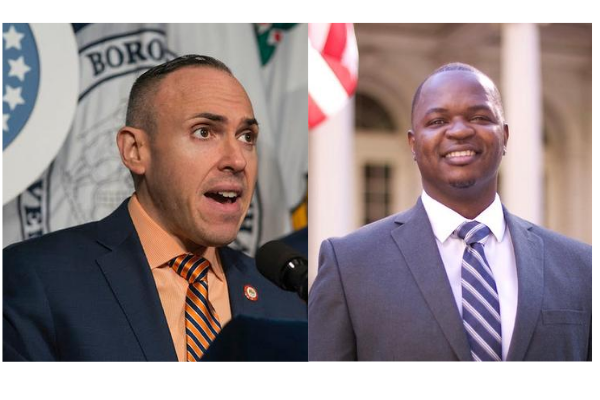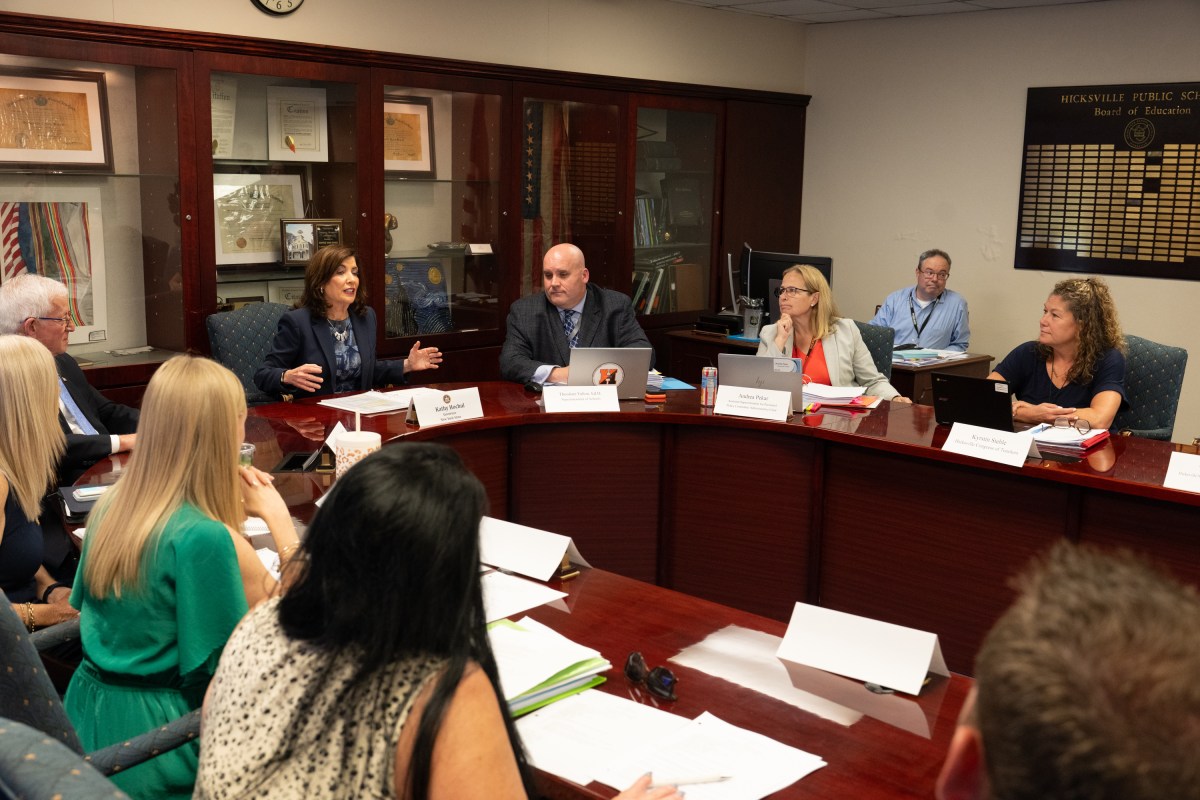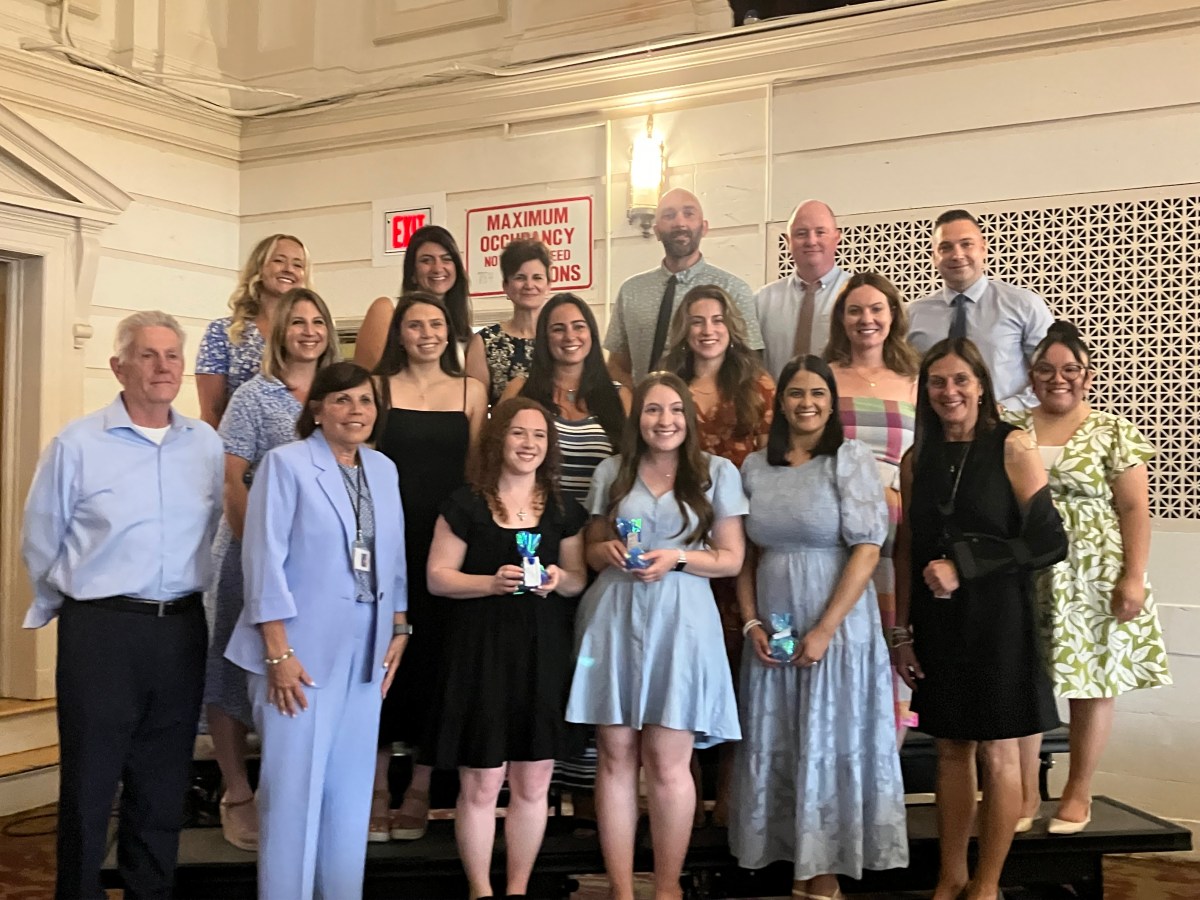Democratic Male District Leader for the 42nd Assembly District Josue Pierre and City Councilmember and Committee on Education Chair Mark Treyger (D-Bensonhurst, Coney Island, Gravesend, Sea Gate) hosted a virtual town hall on Thursday, August 20 to discuss the city’s contentious school reopening plan.
During the town hall, parents, students, educators, community members, Pierre and Treyger discussed the ability of the city to follow through on commitments of daily deep cleanings of school facilities, technology shortages, availability of nurses for schools, adequate staffing, public transit and school buses, and safety protocols for students.


“New York City has the largest school district in the country and it’s inexcusable for City Hall to leave everyone in limbo as the Department of Education fails to address concerns about classroom safety, resources for teachers, and technology access for students. It’s outrageous that with school openings just three weeks away, we still can’t get answers to these pressing concerns,” said Pierre.
Treyger, who is term-limited in 2021, has hotly contested Mayor Bill De Blasio and the Department of Education’s push to reopen schools on September 10, releasing his own proposal on July 25. He said that there is a lack of resources and the school system is too large to open all at once.
Treyger said to his knowledge there are no inked school bus contracts or health training for bus drivers, and custodians he’s spoken to aren’t trained for the “ghostbuster” electrostatic cleaners yet. He said the pay parity in regards to nurses hired by the health department versus the education department has not been addressed either.
Treyger said there should be a more phased approach to reopening school districts, like the city’s done in other areas.
“Even with remote learning, they still have work to do. But I believe at this hour, the city does not have adequate resources and time to safely physically reopen by September 10,” said Treyger speaking about a supposed tablet and technology back order. “But it does have time to at least, I think to make adjustments to remote learning, to get kids technology, and to at least provide adequate training on how to provide live instruction to children by September 10 as we move towards a more comprehensive plan.”
They spoke in depth about the budgeting crisis likening it to previous decades in the city’s history.
In a letter circulated on August 20, along with 31 other councilmembers, Treyger urged the Mayor to delay school reopenings and to activate borrowing authority to get more money for schools.
“I’m being told that if the Governor [Andrew Cuomo] will issue borrowing authority, then one of the conditions might be this financial control board overseeing the finances,” said Treyger.
October 1975 almost saw one of the “largest municipal bankruptcy cases in history” as New York City teetered on the brink of debt obligations, according to the Citizens Research Council. In September 1975, The New York State Financial Control Board, a seven-member board made up of the Governor, State Comptroller, Mayor, City Comptroller, and three approved members, was created by the state following the New York State Financial Emergency Act of the City of New York.
“The last time the state did this to New York City was in 1975 when over 40,000 city workers, teachers, nurses, bus drivers, firefighters, were fired,” said Treyger. “In the name of the crisis they gave him [the Governor] extraordinary power.”
These events lead to the infamous Daily News issue that ran in which President Gerald Ford essentially tells the city to “Drop Dead” in 1978 when he refused them federal aid.
The control board operated until 1986 when the city finally met the conditions for ending the control period, however in 2003, the Financial Emergency Act was extended until 2033 as a cautionary measure.
Treyger said he fully supports raising taxes on the rich, but not only doesn’t the city council have that authority the revenues wouldn’t be seen until next year for operating expenses.
“So being a finance guy that means to me we need a bridge loan essentially, and interest rates are very low right now for companies on Wall Street and municipalities. If there ever was a time for us to actually borrow to get out of a crisis, this is the ideal time. What am I not getting here?” asked Pierre as a follow-up.
Treyger said that since the city agencies are running out of money the Mayor should be asking that same question of the Governor instead of wasting time. He said he’s not gotten a response yet, but the Mayor needs to “bring folks in a Zoom room and make the case together to the Governor” for borrowing authority to be enacted.
They also talked about painful situations like increases in child abuse since the schools have closed.
“We have heard reports where children have shared with their school communities cases of domestic violence and abuse,” said Treyger, “Some schools have divided up staff to do wellness checks and call once a week, sometimes more than once a week. Teachers have become de facto counselors. Schools that have social workers provide online sessions.”
Early into the pandemic, a drop in reported abuse cases sent off alarms, worrying advocates that low-income or parents of color would be monitored more heavily for child abuse, said The Marshall Project. They reported that there “is no statistical evidence of a spike in child abuse but that could just be because teachers and others haven’t been able to monitor kids” quite as frequently in person. They also noted that about 90 percent of the abuse claims reported by school staff pre-COVID weren’t substantiated and the current data for claims remains inconclusive in many states.
“The record has shown me consistently that New York State has unfortunately not paid it’s bill to the school system,” said Treyger, a former public school teacher. “There are pre-existing conditions prior to the pandemic plaguing our school system that have contributed to our inability to reopen. The fight for more nurses is not a new fight. The fight for more social workers is not a new fight. The fight against overcrowding and classes sizes is not new. If there’s anything this has taught us is that we cannot go back to the way things were.”










